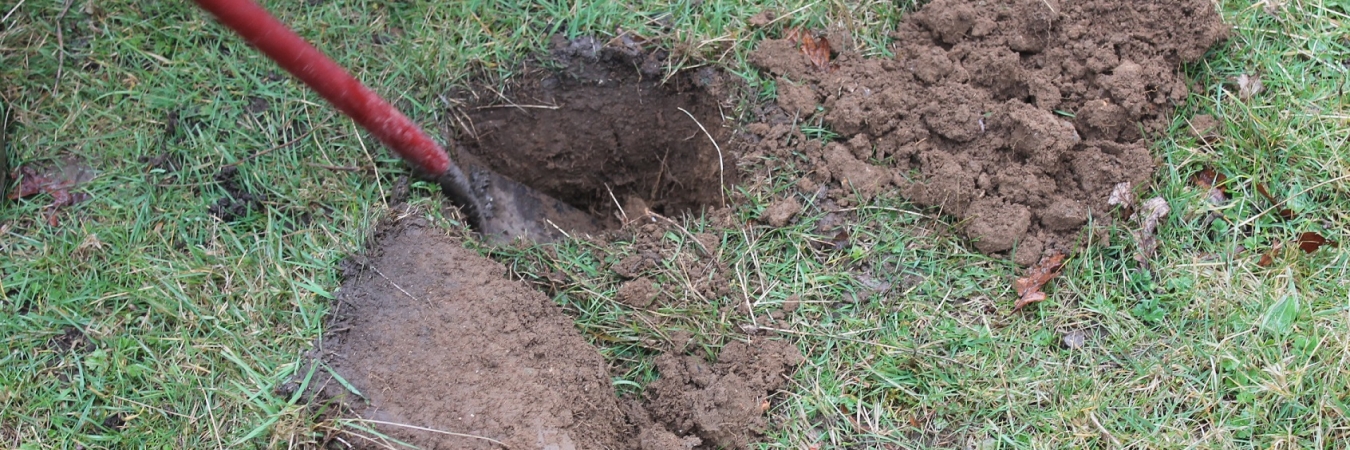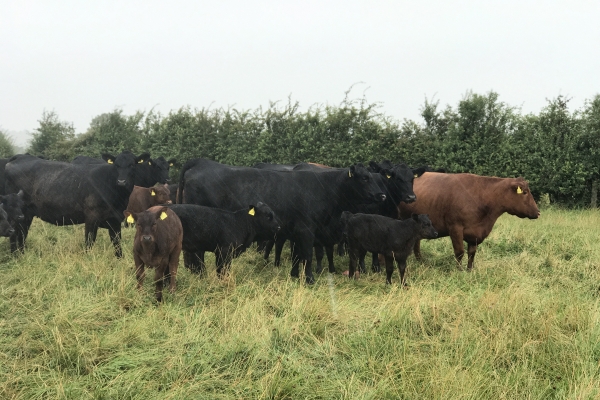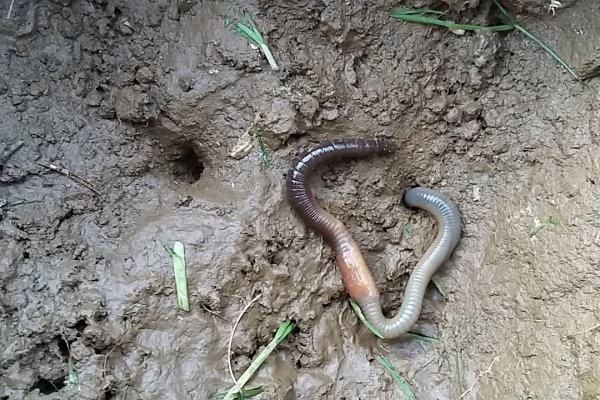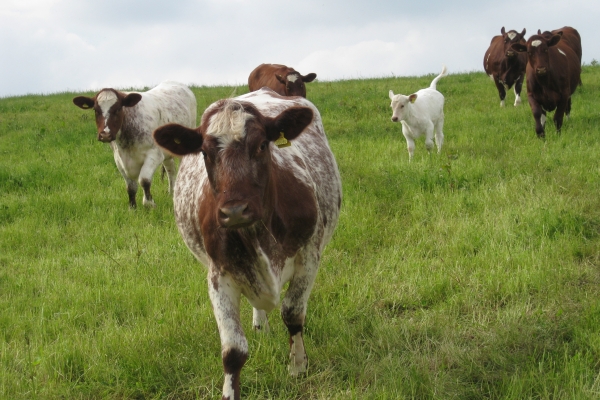Healthy Grassland Soils pocketbook
Resource explained
This pocketbook is based on work conducted by SRUC, Newcastle University and ADAS as part of the AHDB Healthy Grassland Soils project. It was established to develop an industry-recognised method to assessing grassland soils and to provide guidance on soil biology.
With easy-to-follow guidelines and effective visuals, it provides information on assessing, maintaining and improving soil structure.
It covers surface assessment, soil extraction, soil type, how to identify soil structure, guidance on assessing your soil, and how to assign a score to the state of your soil. Detailed guidelines and photographs showing soil structure types accompany this.
It also covers management options for poor soil structures including surface slitting and sward lifting and ploughing, accompanied by management cost benefits.
It details preventative measures you can carry out including preventing livestock and machinery compaction, soil testing, maintaining field drainage, and improvements you can make to the biological activity in the soil.
Findings & recommendations
- The pocketbook accompanies the soil assessment tool ‘Healthy Grassland Soils – Four quick steps to assess soil structure.’
- Soil compaction reduces grass growth, restricts nutrient uptake and drainage and increases water run-off, soil erosion, nutrient loss and weeds.
- It is essential to routinely assess soil structure to combat soil compaction.
- Following the soil assessment steps outlined in this guide will help you identify potential problems and solutions.
- The management options describe actions you can carry out, environmental benefits, and likely returns and financial costs.
- Soil tests will help you ascertain whether or not it is soil structure that is limiting yields and quality.
- Good soil structure will not resolve wet areas of your fields if water cannot drain away; it is therefore vital that you address field drainage issues.
- Soil biological activity can help improve soil structure and be an indicator of soil health.
- Keeping soil covered with crops for as long as possible helps increase soil organic matter content and reduces erosion and surface water run-off.
- You need to maintain the nutrient levels and pH of the soil to ensure good root activity.
- The pocketbook includes some useful field record sheets that you can use.






